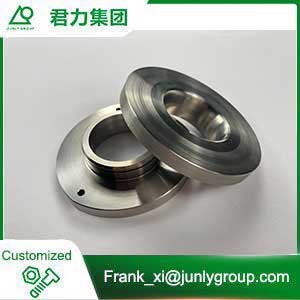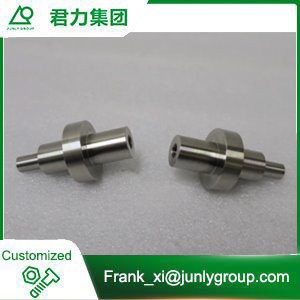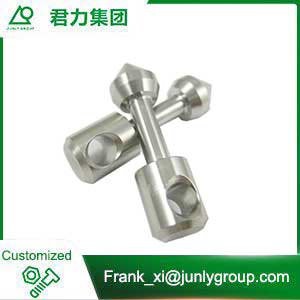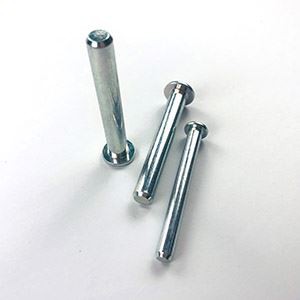Related Industry Knowledge
The principle of Self-locking Screws
Nov 11, 2023 View: 722
Self-locking screws are a type of fastener designed to prevent loosening due to vibrations or other external forces. They have a unique feature that helps them maintain a tight grip and prevent unintentional disassembly.
The principle behind self-locking screws lies in the design of their threads. These screws have special threads with a higher pitch angle, which creates a wedging effect when the screw is tightened. This wedging action generates friction between the screw and the mating surface, making it more resistant to loosening.
There are different types of self-locking screws available, each with its own mechanism to prevent loosening. One common type is the nylon insert lock nut. These nuts have a nylon ring inserted into a groove on the inside, which acts as a locking mechanism. When the nut is tightened, the nylon ring deforms and creates a tight grip on the bolt or screw, preventing it from rotating.
Another type is the serrated lock washer, which has serrations on its outer surface. When the washer is compressed between the nut and the mating surface, the serrations dig into the surfaces, creating friction and preventing loosening.
There are self-locking screws with built-in features like a patch of adhesive or a pre-applied thread-locking compound. These elements provide additional resistance to loosening by creating a bond between the screw and the mating surface.
Self-locking screws are commonly used in applications where vibrations or dynamic loads are present, such as automotive, aerospace, and machinery industries. They provide an added level of security by ensuring that the fasteners remain tight and secure, reducing the risk of accidents or equipment failure.
You Might Also Like
Send Inquiry





